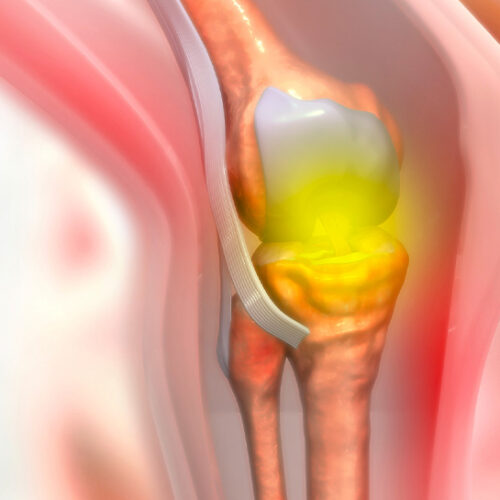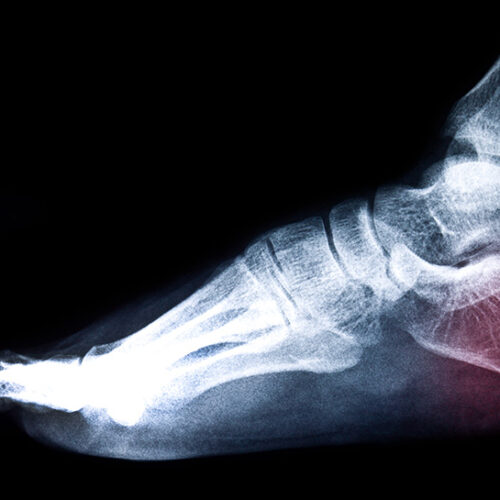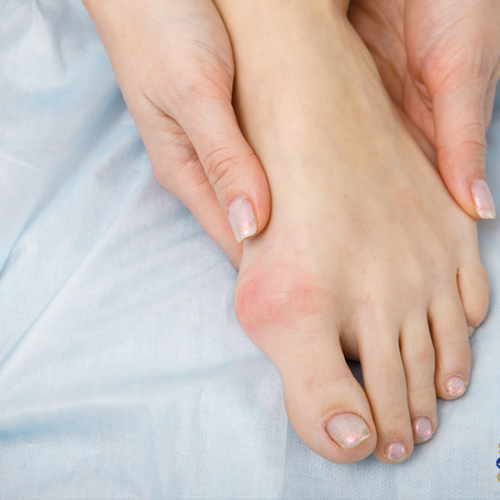If you have been living with knee pain, you might be considering knee replacement surgery in Singapore as a viable solution. However, did you know that not all knee replacements are the same? In this article, we will explore the advantages of partial knee replacement and help you determine if you are a suitable candidate....
Tag: <span>orthopaedic surgeon Singapore</span>
Understanding Bone Spurs And How To Treat Them
As you go about your daily life, bone spurs sometimes form, occurring near your joints in response to injury or persistent joint and ligament stress. These growths can gradually worsen, causing discomfort and restricting your mobility. Keep reading to find out what bone spurs are, their symptoms, locations, diagnosis, and treatment options to a clearer idea before seeing an orthopaedic surgeon in Singapore.
Benefits Of Ankle Arthroscopy
For those grappling with persistent ankle pain and instability, the prospect of surgery can evoke both concern and hope. Luckily, medical advancements have birthed a minimally invasive technique: ankle arthroscopy. Using fibre optic cameras to diagnose and treat various ankle joint issues like an ankle ligament tear with precision, ankle arthroscopy offers a myriad of benefits.
5 Tips For Choosing The Right Orthopaedic Surgeon
Proper orthopaedic treatments can empower life-changing improvements to pain and injuries, helping you to get back on your feet and regain your quality of life. However, making the decision to see an orthopaedic surgeon can be both a blessing and a cause of anxiety at the same time due to the myriad of clinics and...
5 Myths About Bunions Debunked
Noticed a tiny protruding bump that has formed on the joint at the base of your big toe? You are most likely suffering from bunion, a condition in which bones in the front part of your foot move out of place, resulting in a bump. You may also notice that the skin over the bunion...
All About The Latest Advancements In Knee Replacement Surgery
The knee is one of the strongest and most important joints in the body, supporting your weight and allowing you to move your lower leg comfortably and freely. However, a severely damaged knee joint as a result of arthritis or injury can make simple everyday activities like walking, squatting and jumping difficult. When that happens,...
Tips For Preventing & Treating Orthopaedic Injuries In Sports
Acute orthopaedic injuries sustained while playing sports are very common. Although some are unavoidable as they can happen as a result of sudden accidents, there are still some things you can do to minimise such occurrences. In this article, we will be sharing more about the tips for preventing and treating orthopaedic injuries in sports....
Have an orthopaedic issue?
Specialist Orthopaedic Centre is happy to assist.
Contact us and book an appointment.








